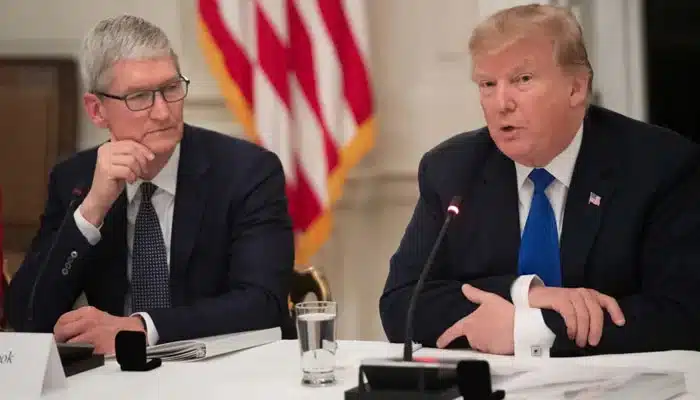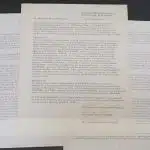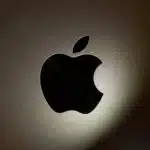President Donald Trump has reignited his trade offensive, directly impacting tech giant Apple. In letters sent to world leaders, Trump announced new tariffs targeting countries that lack trade agreements with the U.S.—many of which host Apple’s essential suppliers. These tariffs, set to take effect on August 1, will raise import costs for Apple and may lead to higher prices for consumers.
Key Supplier Nations Caught in the Crosshairs
The first group of targeted nations includes Japan, South Korea, Malaysia, and Kazakhstan. Tariffs will hit South Africa at 30% and Laos and Myanmar at a steep 40%. Apple sources numerous components from suppliers in these regions. While the company has diversified beyond China, the new tariffs expand its vulnerability to geopolitical shifts.

Trade Agreements Offer Little Cushion
Although Trump signed agreements with Vietnam and China, the deals still carry financial consequences. Apple now pays five times more in tariffs to Vietnam than it did before the deal. Meanwhile, the new China deal cut extreme tariffs but still enforces a 55% duty—well above pre-trade war levels. Countries without agreements face a baseline 10% tariff, which could rise if they fail to negotiate.
Apple Prepares for Greater Financial Strain
Earlier this year, Apple projected a $900 million tariff cost for the third quarter alone. These new measures will likely push that number higher. The company may shift more of its production or rework distribution to minimize losses, but cost pressures remain high.
Retaliation Could Worsen the Situation
Trump’s letters included a sharp warning: any country that retaliates with new tariffs on the U.S. will see its own tariffs increase accordingly. This clause aims to deter pushback but may trigger more tension instead of easing it.











